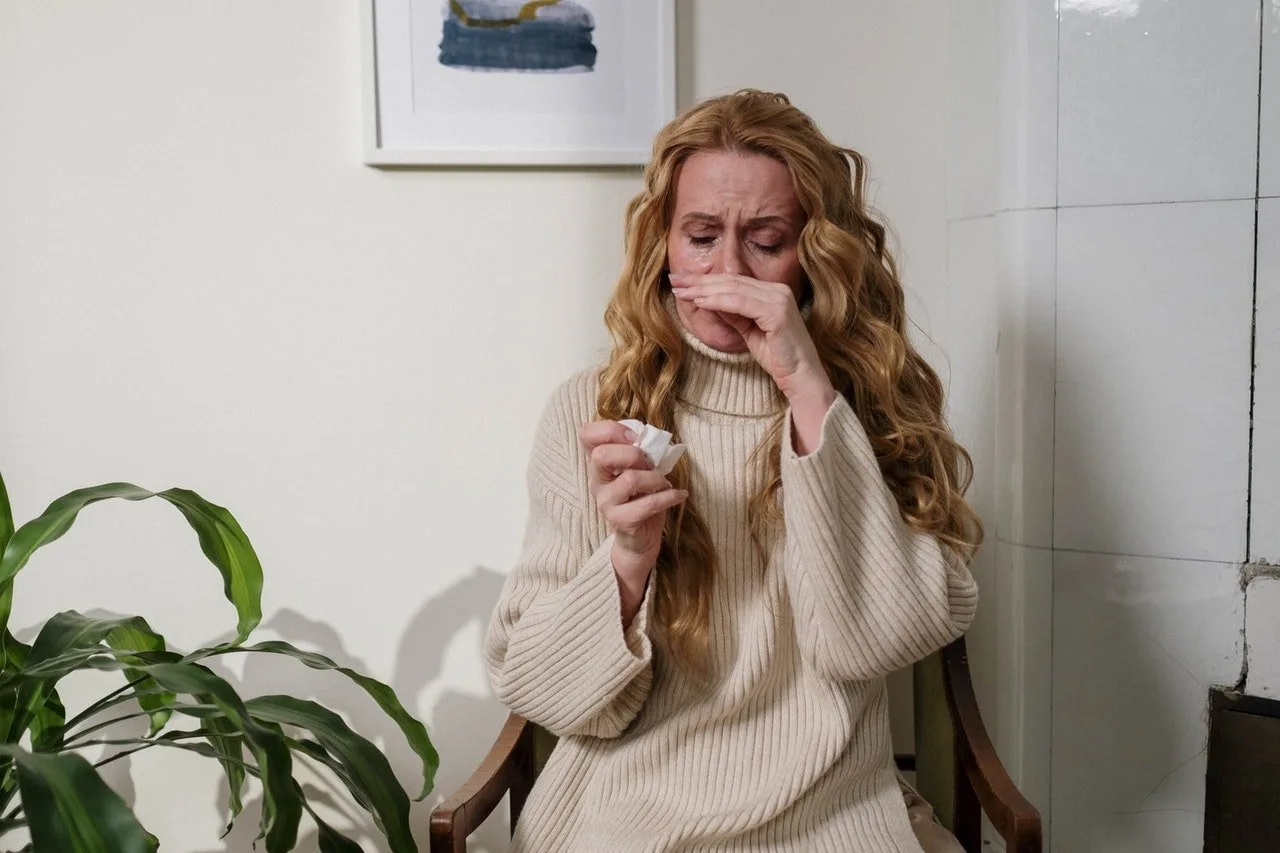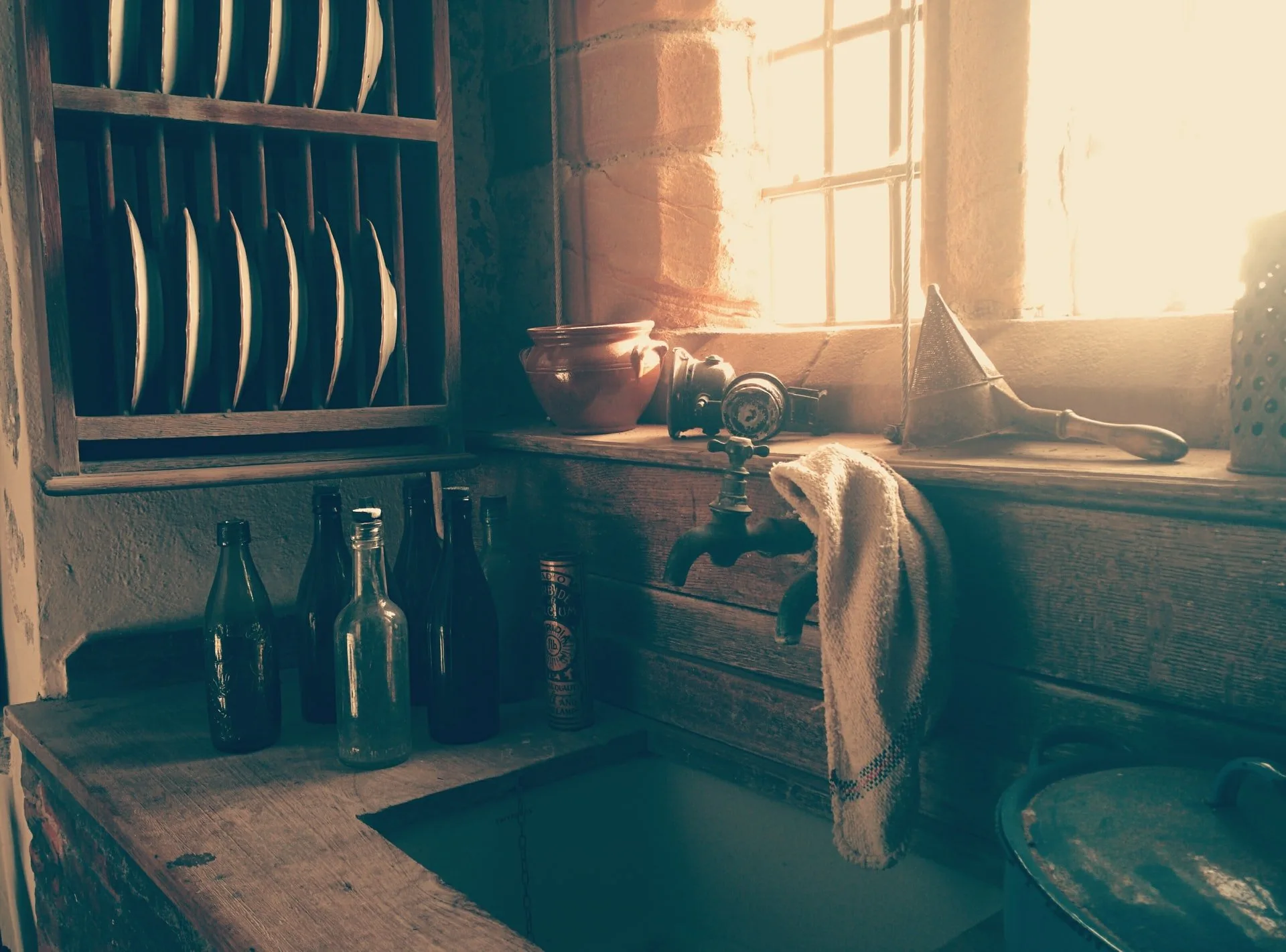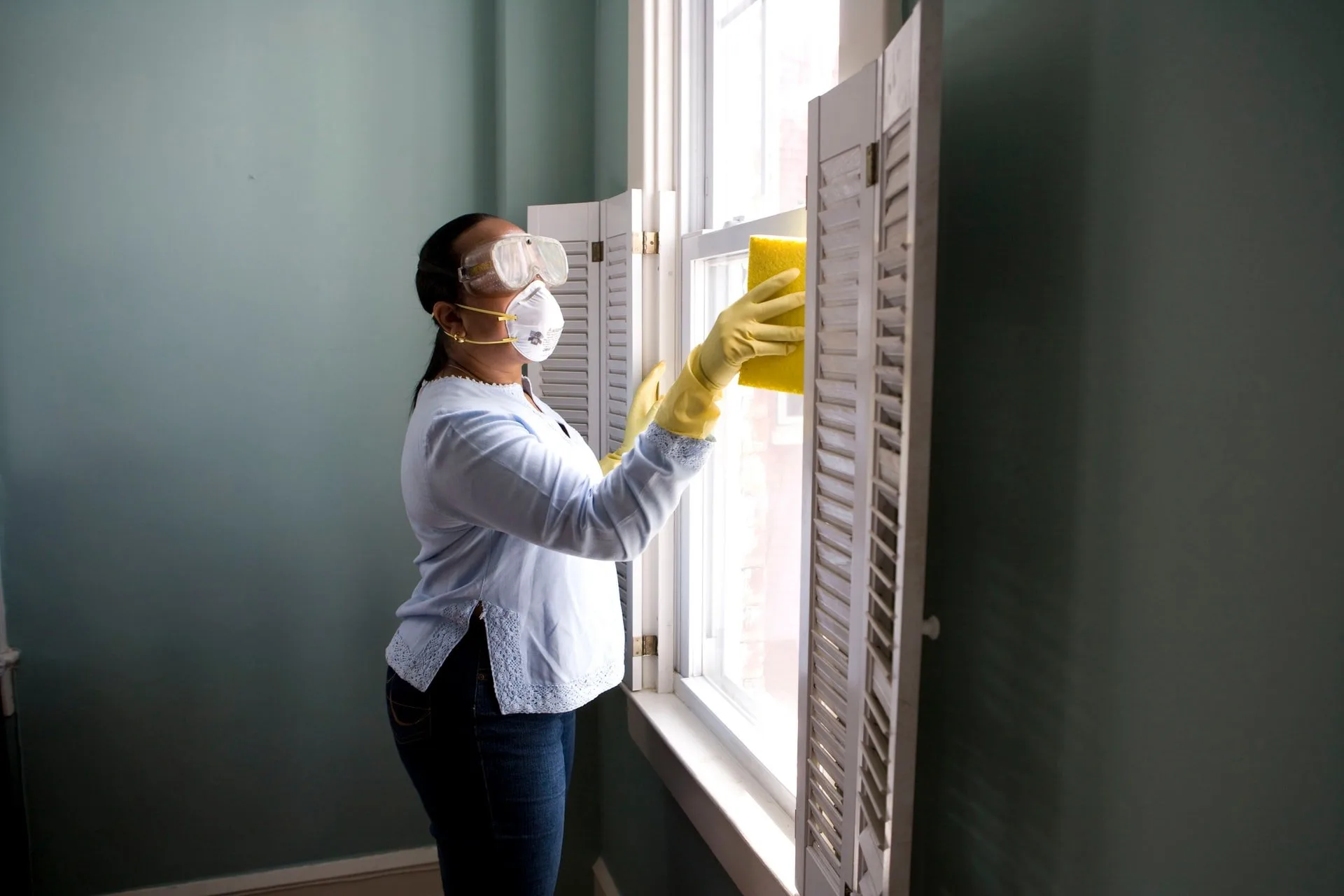For a lot of people, the word mold is often associated with a heavy cough and a slowly decaying house. However, you’d be surprised that mold is actually good for the environment as it helps to break down waste products and organic matter. That said, the fears people have of finding mold in their homes aren’t completely baseless and the fungus can be quite troubling for your health.
What is mold?
Mold is a type of fungus that thrives in moist and warm environments, which is why mold can occur both indoors and outdoors. You’re likely to find mold in places like cabinets, basements, and crawl spaces, in drywall – areas that may experience the effects of water damage.
There are over 100 000 types of moods but the most common ones include:
- Alternaria: White with black spots and tends to grow in fabrics and wallpaper, near windows and air conditioners, and in bathrooms and kitchens.
- Aspergillus: Black with a whitish undertone and often grows indoors, on dust, powdery food items, and building materials, such as drywall.
- Cladosporium: Olive-green and sometimes brown. This type of mold can grow in either cool or warm areas, and it usually appears on fabrics and wood surfaces.
- Penicillium: Color ranges from green, blue-green, or grey-green to white, yellow, or pinkish. This type of mold tends to grow on materials with water damage.
- Black mold (Stachybotrys chartarum): A greenish-black color that can be found on wood, fiberboard, gypsum board, paper, lint, and dust.
What are the signs of mold?
Depending on the type of mold, mold can appear in a variety of ways. However, if you’re not sure if the new splotch of dirt under your kitchen sink is mold or something else disgusting, then look out for these other signs;
- A musty, earthy smell
- It’s close to moisture but far from a light source
- You see warping, cracking, or peeling of whatever material it’s growing on.
- A drop of bleach lightens its color in a minute or two.
- It’s grown since the last time you checked
How does mold affect you?
Mold can pose a few health problems, especially if you already experience allergies and if you have underlying breathing problems like asthma and chronic obstructive pulmonary disorder (COPD). Having a compromised immune system and cystic fibrosis can also put you at risk for health problems.
Additionally, research has also found that infants, toddlers, and children may be particularly at risk, citing that mold exposure at a young age may increase their risk of developing asthma later on in life and may even affect their cognitive development (1).
So what health problems can mold exposure cause?
Breathing difficulties
Mold growth causes spores and other toxic compounds to enter the air and these compounds can affect air quality in your home. By irritating your lungs, nose, and throat, it won’t be long before you may start experiencing difficulty breathing.
Allergies
If you happen to have a mold allergy, you may experience similar symptoms to other allergies.
Symptoms include:
- a blocked or runny nose
- an itchy nose
- an itchy throat
- sneezing
- watery eyes
Aspergillosis
Caused by the mold aspergillus, people who breathe in this mold may cough up blood or experience a fever, chest pain, and difficulty breathing.
It should be mentioned that most people who breathe in aspergillus don’t experience any symptoms. It’s usually those with a weaker immune system or an underlying lung condition that experience the aforementioned symptoms.

Photo by doTERRA International, LLC from Pexels
Loss of smell
As mentioned, breathing in mold can irritate your nose, and it appears that this may affect your sense of smell, that’s at least according to an animal study from the Michigan State University.
The study, published in 2006, found that a toxin from black mold spores caused damage to the nose and the front part of the brain, where the sense of smell registers. The researchers also noted how the toxin also irritated the nasal passages of the mice, which are similar in cell structure to humans.
Depression
A study published in the American Journal of Public Health linked household mold to depression.
“We thought that once we statistically accounted for factors that could clearly contribute to depression – things like employment status and crowding – we would see any link vanish,” said epidemiologist Edmond Shenassa, the lead author of the study and an associate professor in the Department of Community Health at Brown. “But the opposite was true. We found a solid association between depression and living in a damp, moldy home.”
What was the reason for the link? According to Shenassa, two factors that could have contributed to the findings are a perceived lack of control over the housing environment and mold-related health problems.
“Physical health, and perceptions of control, are linked with an elevated risk for depression,” Shenassa said, “and that makes sense. If you are sick from mold, and feel you can’t get rid of it, it may affect your mental health.”

Photo by Sam Moqadam on Unsplash
What are the symptoms of mold exposure?
Exposure to mold, whether through touch or breathing in the compounds, can trigger the following symptoms:
- runny nose and congestion
- eye irritation
- sneezing
- coughing
- sore throat
- skin rash
- headache
- lung irritation
- wheezing
If you begin to experience any of the above symptoms, you should reach out to your doctor. Chances are you’ll be able to treat your symptoms with OTC medications and nasal sprays or rinses, but it’s still important to let your doctor know.

Photo by cottonbro from Pexels
Could my house have mold?
You’ll quickly notice, and smell, large areas of mold, so you won’t necessarily need to have your home tested. However, if you notice a few symptoms, and you can’t seem to find the source of the mold, you can get your home tested for mold by a professional as there are a few places to find a certified mold inspector online.
How can I get rid of mold?
That said, it would be advisable to leave the cleaning to the professionals if;
- there’s a large amount of mold
- It’s hard to reach
- you’ve had severe water damage
- you’re at high risk of symptoms (asthmatic, prone to allergies, underlying breathing conditions)
How do I keep mold out?
The CDC recommends the following steps:
- Keep humidity levels in your home low – using an air conditioner or dehumidifier can help with this
- Make sure the air in your home flows freely.
- Fix any leaks in your home.
- Clean up and dry out your home fully and quickly (within 24–48 hours) after a flood.
- Clean bathrooms with mold-killing products.
- Remove or replace carpets and upholstery that have been soaked and cannot be dried right away.
- Avoid putting carpets in places like bathrooms or basements that may have a lot of moisture.
To sum it up
While mold won’t necessarily cause serious health issues like cancer, it can still cause other health problems that should still be prioritized. Therefore, it’s important that you ensure that the mold in your home is removed as quickly as possible.







![women [longevity live]](https://longevitylive.com/wp-content/uploads/2020/01/photo-of-women-walking-down-the-street-1116984-100x100.jpg)










